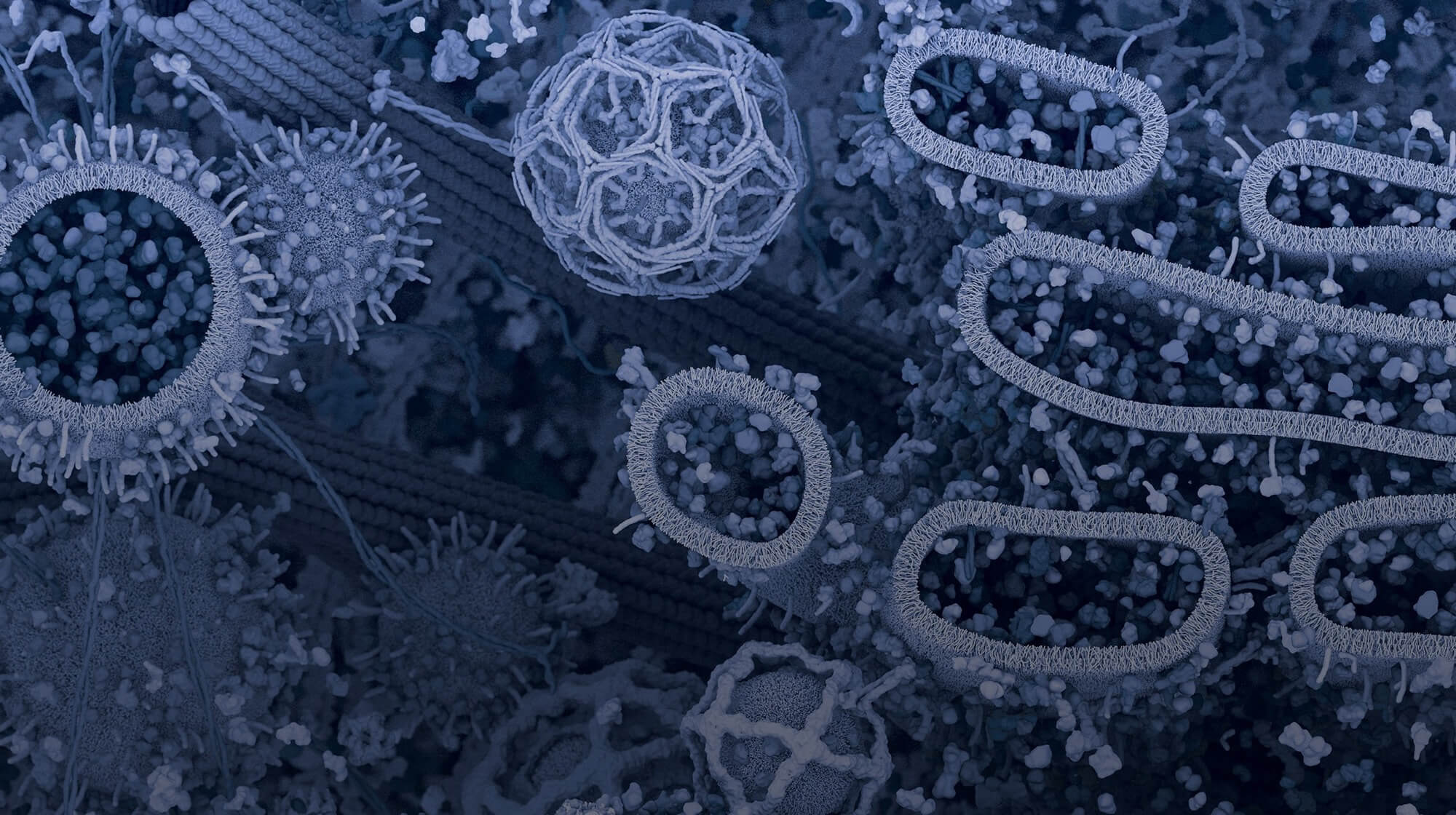So you’re thinking of writing a grant. Or maybe your mentor has politely suggested that it would be in your best interest to do so. But, where do you start?

Getting Started: Determining the Target Award
First, if you already have a target award in mind—for example, the K01: Research Scientist Development Award, the K08: Clinical Investigator Award, the NIH Research Project Grant Program (R01), the NSF Graduate Research Fellowship Program (GRFP) Fellowship, or a grant through the American Heart Association—great! If not, you will need to research the appropriate funding opportunities, including those offered by governmental organizations and private foundations.
Next, since the complete grant package is more than just the proposed science, it's important to create a checklist of other required documents and deadlines to be aware of, including, but not limited to: biosketches, letters of support, institutional paperwork, internal review (which always has an internal institutional deadline prior to the actual grant deadline), etc. You need to be sure that you respect, and have accounted for, the time of other people who may be assisting you with the preparation of this huge undertaking. Your reviewers will want to know that you have the proper support, environment, and equipment, as well as an appropriate team, to successfully complete the proposal. In other words, do not underestimate the importance of all aspects of the grant!
After carefully planning the time necessary for the whole grant writing process, you are ready to attack your Specific Aims page. If you are at the stage where you are about to write a grant, there is no doubt that you’ve heard by now that the Specific Aims page is the most important part of the grant. It sets the stage for your entire proposal, and most often, is where you will make or break it with the reviewers.
Writing the Specific Aims
The Specific Aims page is generally composed of four sections, which are summarized below.
The introductory paragraph of your specific aims should convey (in this order):
- The link of your proposal to the mission of the granting institute (i.e., basic research, disease, mortality from disease or procedure, burden of healthcare costs associated, etc.). For example:
- The obesity epidemic in the United States puts a majority of the population at an increased risk of developing cardiovascular diseases, including coronary artery disease, stroke, myocardial infarction, and hypertension. This results in a burden on the healthcare system exceeding $100 billion in the United States alone.
- What is currently known about the topic:
- Differential effects on white and brown adipose tissue are associated with obesity: in contrast to white adipose tissue (WAT), brown adipose tissue (BAT) is highly vascularized, rich in mitochondria, and high in oxygen consumption. The presence of active BAT in human adults has recently been confirmed and the amount of BAT is negatively correlated with age and obesity. Perivascular adipose tissue surrounding the thoracic aorta is morphologically and biochemically similar to BAT. Vasodilation-enhancing factors are released from this depot in both mice and humans, and non-invasive imaging inversely correlates the amount of perivascular BAT with metabolic syndrome and coronary atherosclerosis.
- The critical gap in knowledge:
- However, the exact role of VEGF-A in the perivascular BAT depot is largely unknown, and published studies focus predominantly on WAT-like depots including visceral and abdominal perivascular adipose tissue.
Next, provide a paragraph of information that begins with the most broadly related facts and narrows down to the focus of the current application. This paragraph should clearly state:
- The long-term goal of the application
- The overall objective of the proposal
- The central hypothesis
- The rationale
Then, list your Specific Aims. These statements should not be descriptive, dependent on one another, or overly ambitious. For example, the sentence below:
- Characterize a novel mouse model with VEGF-A ablation in brown adipocytes.
Could be better written as:
- To determine a role for brown adipocyte-derived VEGF-A in BAT thermogenic capacity and glucose homeostasis in vivo.
Each aim should be followed by a working hypothesis that relates back to your central hypothesis and a brief description of the experimental approach and expected outcome.
Finally, write your payoff paragraph. This should describe the expected outcomes as well as the positive impact on the field. For example:
- Taken together, we anticipate that our understanding of VEGF-A function and signaling in brown adipocytes will facilitate the identification of novel therapeutic targets for the treatment of obesity and insulin resistance. Second, utilizing novel mouse models to determine whether brown adipose-derived VEGF-A is critical to vascular function will provide new insight and potential targets for the clinical treatment of obesity and its co-morbidities.
If possible, a figure depicting your overall proposal is helpful to reviewers. Remember, reviewers are often tasked with reading ten grants, all of which are just as dense as yours. Many times, if reviewers do not consider your specific aims to be up to par, the entire grant could be triaged. So, it is in your best interest to make it easy to read and a good impression from the first page—the Specific Aims.
After you are satisfied with your draft, it is very important to circulate your specific aims page for critiques by as many of your mentors and colleagues as possible—be sure to factor this, and time for revisions, into your timeline!
A wise professor once remarked that the aims page is not done until you have gone through 17 drafts. While there may be some variability in the actual number, this is not far off in terms of the effort it takes to generate a convincing aims page that will give you the best chance of getting funded. Armed with this knowledge, it’s time to start writing!
Read the Complete Grant Writing series:
- Part One: First Things First
- Part Two: Significance and Innovation
- Part Three: The Experimental Approach
- Part Four: Additional Details
- Part Five: Smaller Application Components
- Part Six: Budget Justification, Letters of Support, and More
- Part Seven: How to Interpret Summary Statement and Reviewer’s Critiques
- Part Eight: What Are My Chances?
Additional Grant-Writing Resources
Check out the Cell Mentor portal for more career advice or scientific tricks and tips.
Note: The National Institute of Allergy and Infectious Diseases provides sample applications along with corresponding summary statements. This is a good resource to see what gets people funded!



